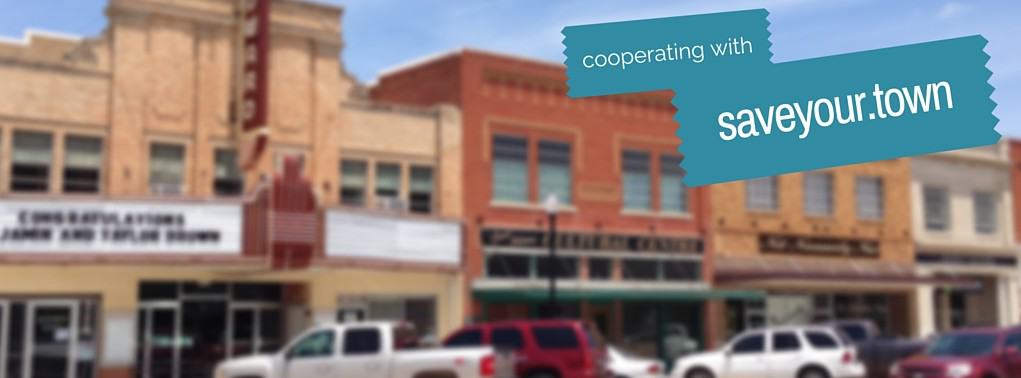Our crack research staff (my husband) caught a discussion thread about tourism websites. This one happened to be on a hunting safari forum, but there are lessons for anyone’s tourism website.
(If you don’t like hunting, or hunting pictures, don’t click through: here is the original hunting discussion thread.)
A hunting and tourism operator asked the forum what info people wanted on a website. Here are the top requests from the readers:
- current prices and packages
- updated photos of facilities and areas
- description and bio of guides
A few choice comments from readers:
I just absolutely hate it when no prices are there… I have seen a lot of good websites that were missing this essential piece to give you a baseline of what things will cost.
Tim Herald
I hate websites that don’t put in pricing. Matter of fact, I dismiss them right off, if they don’t.
I also hate websites that put their print on dark colored, or pictured backgrounds. Maybe its my old eyes, but they are darned hard to read.
Mad Dog
Do not use any music. No continuous video. Up to date prices and accurate descriptions.
dogcat
I know the immediate reaction is to dismiss this. But lots and lots and lots and lots of tourism websites don’t pass these basic tests. And I thought you might like to hear the input from real people.
The discussion question: to price or not to price?
Do you include prices on your tourism related website? Why or why not?
New to SmallBizSurvival.com? Take the Guided Tour. Like what you see? Get our updates.











You could sum the above comments up to: Content is king and never underestimate the power of good design. I might sound like a design snob, but if a website looks like cr*p I’m not interested in what they are selling, whether its a destination or a restaurant. Its that simple – spend some resources on giving your audience the information you know they want, and deliver it in an attractive package. Sold.
Lara, I’ll agree. A good design can be a simple design, too. Fancy, flashy, and pretty do not necessary mean good.
I read recently that the trend for restaurants to remove the dollar signs from menues is to distract people from the cost of the meal. HUH? I have never understood hiding prices. Consumers are very tuned into price shopping and need to be shown the value and quality of your product with the most focused, informative web site possible. (and yes, mine could use some work.) Hotels and resorts that flash great prices and fine print the “per person” under the rate tick off custumers too. Some of my guests have been stung by that tactic and are very verbal about their anger.
What I’d love to see more often on hotel websites is photos of their suites – and a way to book the suite online without having to make a phone call.
Often there’s one small picture of a hotel room, but never anything to show the suite. I booked a $600 a night suite on the Queen Mary sight unseen, nervously hoping the living room and dining area were nice (they were). The reason I booked the room was the prices were right there on the website so I knew I could afford it for the particular occasion I needed it for.
Seely, you are right: no one likes tricky pricing and fee schemes.
Carrie, duly noted: provide a range of photos.
I normally travel for work, so I have to choose places they’ll reimburse. But a clear and accurate description of pricing and what comes with it is the best way to get my business.
W, thanks! Another vote for pricing.
We’re a tour operator offering guided bicycle tours in New England and Europe. We’ve noticed a some bicycle tour operators to be vague about their pricing (“priced from $”), or even stretch the number of nights included by counting the night spent on a plane en route to Europe! Web users expect upfront pricing info at their fingertips. Date-specific pricing and what’s included should be obvious on the page, placed in a consistent location, and never be more than one click or mouse-over away. I think that good web content needs be delivered in measured amounts rather than a single long page for each product. For example, each of our Ireland cycling tours include an overview page with prices and dates, plus links for detailed itineraries, guest feedback, what’s included, and an image slide show.
Jim, those are excellent points. Thanks for adding your experience.
I have always posted pricing it helps to eliminate the “how much do you charge” call. Saving time for both the client and myself. The trick though is to successfully explain the value of those prices and everything that is included. Especially in this economic downturn when it seems everyone is price sensitive.
Don, you’re right: explaining the value of your prices is important. If you’re going to include prices, be prepared to show why you are worth it, and then some.